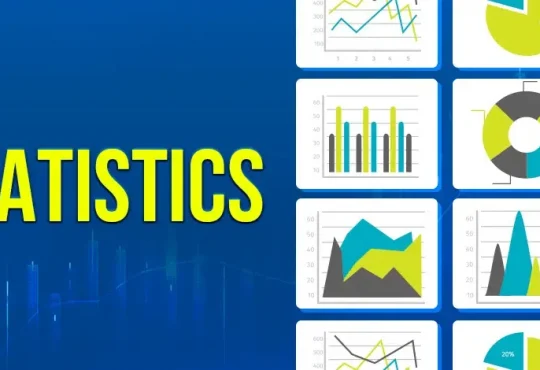Newton’s Law of Gravity: The Force That Shapes the Universe
Isaac Newton’s law of gravity, first introduced in 1687 in his monumental work Philosophiæ Naturalis Principia Mathematica, is one of the most important discoveries in the history of science. It laid the foundation for classical mechanics and transformed our understanding of the universe. Newton’s law explains the invisible force of attraction that governs the motion of celestial bodies and objects on Earth, making it a cornerstone of physics.
The Universal Law of Gravitation
Newton’s law of gravitation states that every particle in the universe attracts every other particle with a force directly proportional to the product of their masses and inversely proportional to the square of the distance between them. Mathematically, it can be expressed as:
F=Gm1m2r2F = G \frac{m_1 m_2}{r^2}F=Gr2m1m2Where:
- F is the gravitational force between two objects,
- G is the gravitational constant (6.674×10−11 Nm2/kg26.674 \times 10^{-11} \, \mathrm{Nm^2/kg^2}6.674×10−11Nm2/kg2),
- m₁ and m₂ are the masses of the two objects, and
- r is the distance between the centers of the two objects.
This formula highlights two important principles: the force increases with mass and decreases as the distance between the objects grows.
Newton’s Inspiration
Legend has it that Newton was inspired to develop his theory when he observed an apple falling from a tree. He wondered why objects always fall straight to the ground and whether the same force that pulls the apple downward also governs the motion of the Moon and planets. This insight led him to unify terrestrial and celestial mechanics under the same principle of gravity.
Applications of the Law of Gravity
Newton’s law of gravity has countless applications that revolutionized science and technology. Some of its key contributions include:
- Explaining Planetary Motion: The law accounts for the elliptical orbits of planets around the Sun, as described by Johannes Kepler’s laws of planetary motion. Newton provided the theoretical framework for understanding why planets stay in orbit.
- Predicting Celestial Events: By applying Newton’s law, astronomers can predict phenomena such as eclipses, the return of comets, and the motion of asteroids.
- Engineering and Infrastructure: Gravity plays a critical role in the design of bridges, buildings, and dams. Engineers must account for gravitational forces to ensure structural stability.
- Space Exploration: Newton’s principles are essential for launching satellites, calculating escape velocity, and planning interplanetary missions. Modern space exploration relies on these laws for trajectory calculations and spacecraft navigation.
Gravity and Everyday Life
On Earth, gravity is responsible for many aspects of daily life. It keeps objects grounded, governs the flow of rivers, and creates tides through the gravitational interaction between Earth, the Moon, and the Sun. It also determines the weight of objects, which is the gravitational force acting on their mass.
Limitations of Newton’s Law
While Newton’s law of gravity is highly accurate for most practical purposes, it has limitations. It does not account for extremely high speeds, massive objects, or the bending of space-time. Albert Einstein’s general theory of relativity, introduced in 1915, expanded on Newton’s work by describing gravity as the curvature of space-time caused by mass.
Conclusion
Newton’s law of gravity is a brilliant example of how scientific inquiry can unlock the mysteries of the universe. Despite being over 300 years old, it remains a cornerstone of physics and a testament to the genius of Isaac Newton. From understanding planetary motion to enabling modern space exploration, Newton’s insights into gravity continue to shape our world and beyond.




